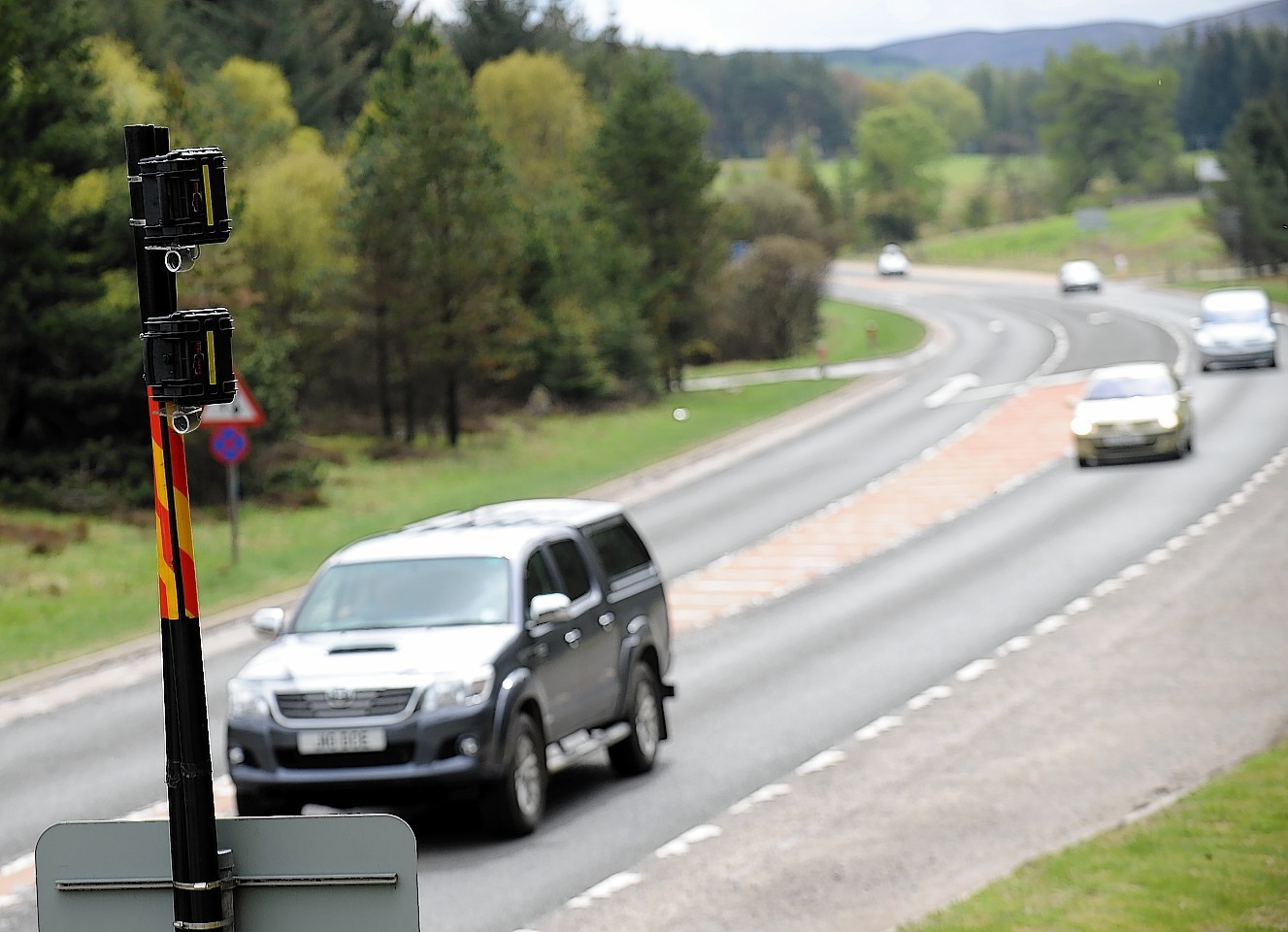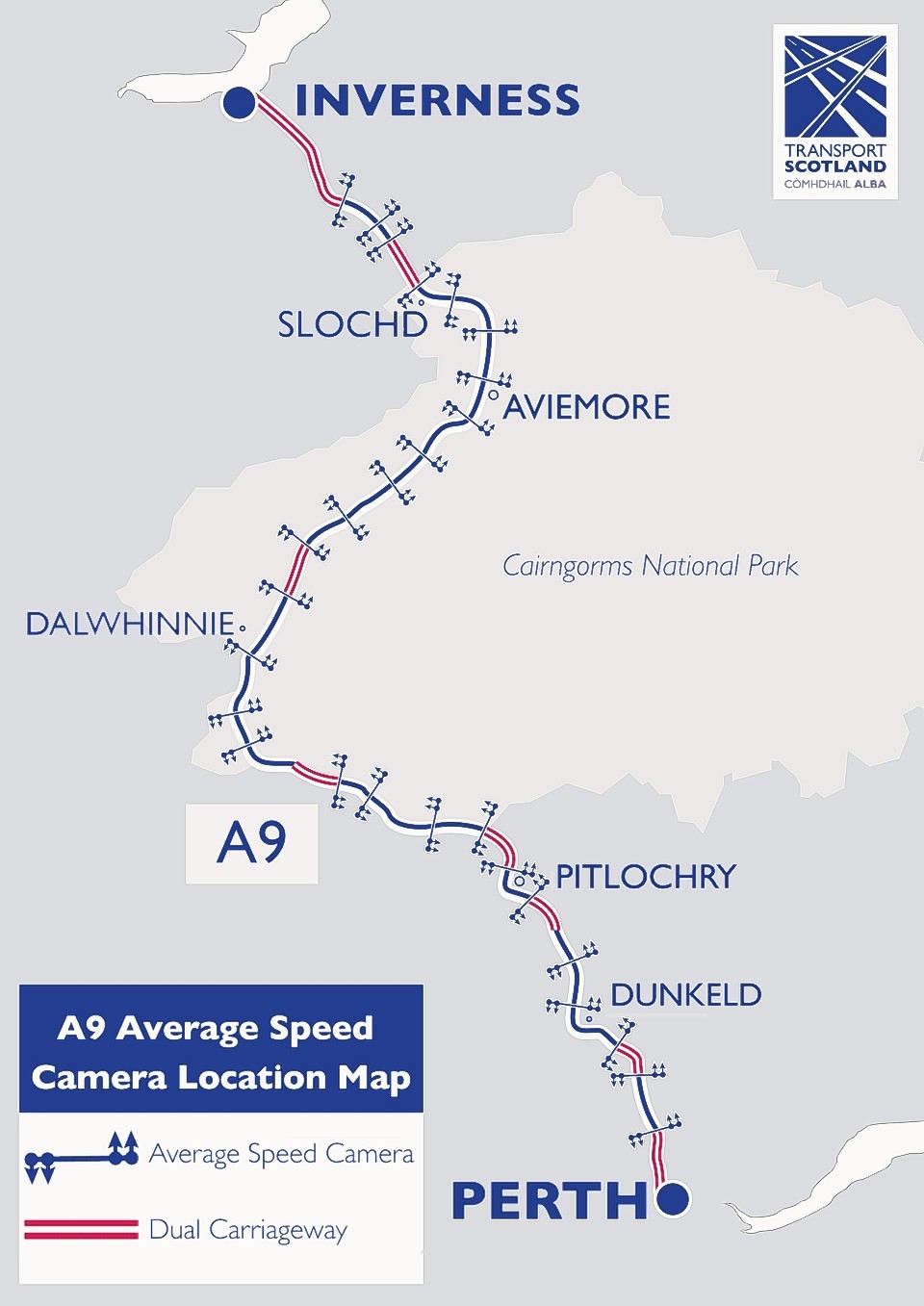For years, the A9 has held a reputation as one of the most notorious roads in Scotland – it has been the scene of numerous fatal smashes and countless other serious crashes.
Now it is hoped its unenviable notoriety and accident record can be addressed by the introduction of average-speed cameras.
But the controversial scheme, which will become only the second permanent one of its kind in the country, has polarised politicians, the public and road safety groups.
As the installation of the cameras progresses, the Press and Journal will, over the next five days, examine the issues and views around the project.
Perched on gantries above the road, the devices have been dubbed “yellow vultures” as they lie in wait for drivers.
But they have also been called “weapons of mass distraction” by some safety campaigners, who claim average-speed cameras make motorists concentrate on their speedometers rather than road hazards.
Those supporting the £2.5million scheme point to statistics which show their effectiveness in cutting the number of fatalities and serious injuries.
The A9 is the main transport link between the north and the central belt and a crucial economic driver. While some freight has shifted to rail, the route is still used by thousands of lorries each week, bringing supplies to the north.
And the road is essential for commuters heading for business meetings in the central belt.
There are no flights between Inverness and Edinburgh and Glasgow, and the earliest morning trains do not reach the two central cities until after 9.30am. In some ways, it is easier to do business in London, where daily flights arrive before 9am.
But scores of families have been left devastated by the deaths of loved ones on the trunk road.
Figures from 2010 showed that in the previous four years, there were 67 deaths and more than 1,200 collisions on the 113-mile stretch between Perth and Inverness.
The average-speed cameras are being installed on single carriageway sections of the road only, and the A9 Safety Group’s focus here appears well-founded.
In 2010, the Press and Journal obtained statistics showing that more than 85% of people killed on the road between Perth and Thurso died on single-carriageway sections.
Transport Scotland claims that the camera scheme could save two lives a year.
The project will involve the installation of 100 cameras at 40 locations between the Keir Roundabout in Dunblane and the Raigmore Interchange in Inverness.
While it was known to be under consideration, the announcement of the project last July provoked strong reactions.
Since then, cameras have been installed at 13 of the planned 27 sites between Perth and Inverness and the system will be switched on in October. The work being done to set up the rest of the devices can be seen along the trunk route.
Although Transport Minister Keith Brown has committed to removing the cameras if safety does not improve, it is likely that they will remain in place until the road is dualled – a £3billion project which is not due for completion until 2025.

